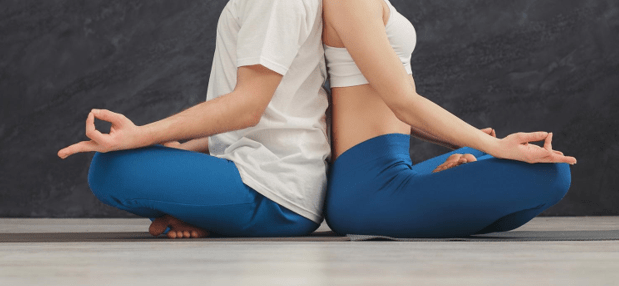
Meditation is a straightforward technique that anyone may do to alleviate stress, increase relaxation and clarity, and boost happiness. Meditation is an easy skill to acquire, and the effects are immediate. Making time for formal meditation is critical for developing a routine and familiarizing oneself with the practice. Even a few minutes every day might add up to a significant amount of time.
It is not about attempting to organize your thoughts. Rather than that, the practice focuses on what is occurring in the present moment, most notably our thoughts, feelings, and sensations. Stones, like amethyst, are known to help people relax during meditation; that’s why many people who practice meditation are trying to search for amethyst stone meaning.
While self-meditation is an integral part of a comprehensive practice, having the regular supervision of an experienced instructor may be pretty beneficial, particularly when you’re just starting. Our thoughts are frequently distracted, and a teacher’s straightforward instructions can help us refocus on the current moment.
When One’s Mind Is Difficult to Concentrate
It is unavoidable that your thoughts would wander during meditation. Other bodily sensations, external occurrences, or simply losing yourself in thought, fantasizing about the past or present, and possibly criticizing yourself or others, are all possibilities.
This is perfectly normal; thinking, like breathing, is natural.
When this occurs, assess what you were thinking or distracting you and then pause for a moment.
You do not need to return your focus to your breathing quickly. Rather than that, let go of whatever was on your mind, redirect your attention, and gradually bring your awareness back to your breath, being present for each inhalation and expiration.
Usually, after a few breaths, the mind would drift. Make an effort not to be too harsh on yourself. It is entirely natural. What matters is how we react when it occurs. Observe whatever you were thinking — without passing judgment or allowing it to distract you — and take a moment to bring your attention back to the present moment and resume your meditation.
Techniques for Mindfulness Meditation
You can practice mindfulness meditation whenever and wherever you like. On the other hand, listening to essential guided meditations can be beneficial, particularly when starting. Instructions from a qualified instructor can assist us in remembering to stay in the present now, let go of unnecessary thoughts, and be more compassionate with ourselves.
Checking the Body
Rather than focusing just on the breath, as is the case with basic mindfulness meditation, the body scan involves gradually focusing on numerous sensations and locations, from the head to the toes.
Start from head to toe. Bring your focus one inch at a time to the surface of your skin, carefully and mindfully. Check if you can feel your scalp, ears, eyes, and nose. Proceed in this manner across your face, over your ears, down your neck and shoulders, and to your toes.
At first, you may appear to be completely emotionless. However, as you age, you may come upon an entirely new realm of feelings. Certain sensations, such as moderate warmth or a sense of lightness, may be pleasant. Tingling and itching are examples of neutral emotions.
Keep track of whatever sensations you are having. Proceed to move if necessary to alleviate pain. Even if the experience is unpleasant, avoid labeling it positive or negative. Rather than that, acknowledge your emotions and resume the body scan. Naturally, if your mind wanders, jot it down and refocus on your body.

















Follow Us